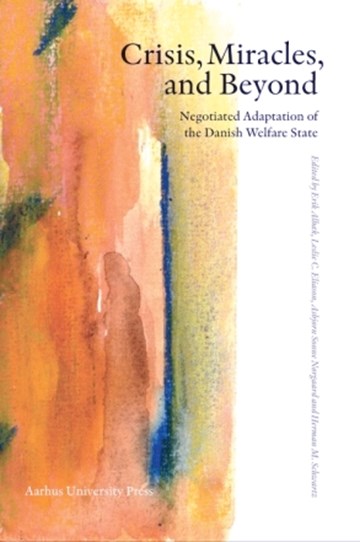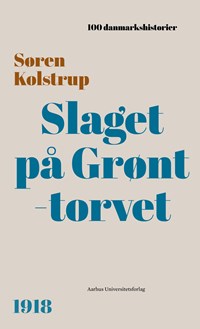
Crisis, Miracles, and Beyond
Negotiated Adaption of the Danish Welfare State
Redigeret af
Erik Albæk,
Leslie C. Eliason,
Asbjørn Sonne Nørgaard og
Herman M. Schwartz
Mere om bogen
Om bogen
How did Denmark avoid a macroeconomic catastrophe in the 1980s and 1990s and still manage not only to maintain but also expand its welfare state? Critics of the welfare state identified the vices behind Denmark´s macroeconomic troubles as its enormous, thoroughly unionized, and unresponsive public sector combined with the large numbers of people who relied on the welfare state for their livelihood and thus made programmatic cuts politically difficult. Taxes for this welfare state compressed investment, eroding both fiscal and current account balances. Yet by the mid-1990s, public support for the welfare state was as high as ever, while fiscal and current accounts were essentially in balance, and in the 2000s Denmark emerged as one of Europe´s strongest economies.
The authors of this book suggest that most of the vices the traditional welfare state scholarship identifies are also virtues. The book uses analyses of general macroeconomic policy, center-local relations, budgeting, labor market, and welfare state transfers and services in three critical areas to present a comprehensive picture of the governance of and interactions between the Danish welfare state and political economy at all levels. A critical introductory survey of the welfare state literature and a synthetic conclusion frame these studies.
Forlaget skriver:
22 marts 2024
Bogtorsdag den 4. april
Vær med, når Aarhus Universitetsforlag og Det Kgl. Bibliotek fejrer forfattere og nye bøger. Vi ses den 4. april kl. 16-1…
21 februar 2024
Bogtorsdag 7. marts
Vær med, når Aarhus Universitetsforlag og Det Kgl. Bibliotek - Aarhus - fejrer månedens forfattere og nye bøger. 7. marts kl…
2 februar 2024
HISTORISKE DAGE 2024 9.-10. marts
Vi glæder os til Historiske Dage 2024 den 9.-10. marts og håber at møde mange af vores historieinteresserede læsere! Dagene b…




